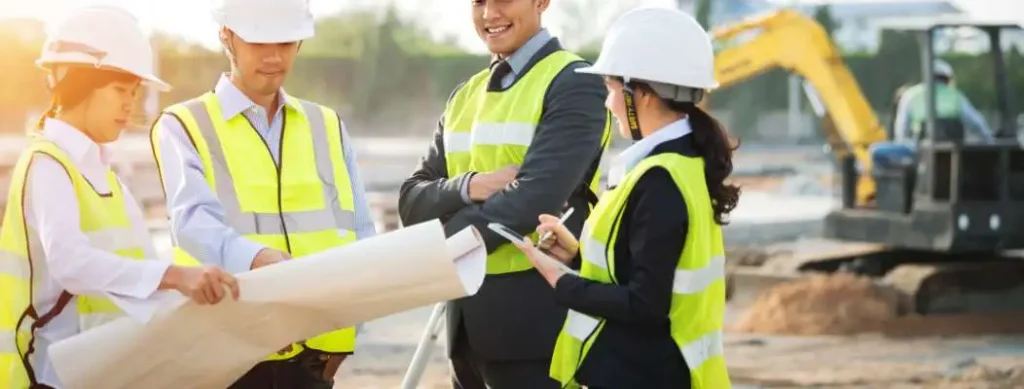Airtightness Testing in Cardiff
Looking for air testing Cardiff? When you book your air test, the testing method employed depends on the specific test requirements and objectives, but typically involves installing blower door testing equipment into an external opening. This pressurises the building and checks pressure differences within to identify areas that need correction.
Ideal conditions for airtightness should be established during the design stage and tested during construction. This provides assurance that the mechanical system has been designed for an airtight building, as well as giving contractors a chance to address issues before they become major issues.
Air permeability testing and airtightness testing also referred to as pressure testing, are widely used methods of measuring the total amount of air that escapes through gaps or cracks in a building’s fabric. The less air that escapes, the more energy-efficient your building will be and its indoor climate will improve.
Why You Need Air Testing For New Builds
Air leakage through gaps, holes and cracks in a building envelope can have an enormous effect on energy efficiency, comfort levels and cost. It also contributes to the environmental impact of a structure; which is why it’s now explicitly addressed in Part L of the Building Regulations for new builds.
Part L requires air permeability testing on all new residential, commercial and large complex high-rise (LCHR) buildings to demonstrate compliance. This testing is an integral component of any new build project.
An air permeability test involves using a blower door fan to create pressure differences within the building envelope, which are then measured with an anemometer and translated into meters per hour at 50 Pa pressure.
Why Air Testing is Important in Cardiff
Air permeability testing (also referred to as air leakage testing, pressure testing or air tightness testing) is essential for buildings in order to make them as energy efficient as possible. Additionally, it reduces the amount of fuel needed to heat your home, thus helping you reduce your carbon footprint.
There are a number of factors that can influence a building’s air tightness, such as the fabric of its envelope, construction details and interfaces between materials and components. Excess air leakage can result in poor energy efficiency, decreased comfort levels and cold draughts.

